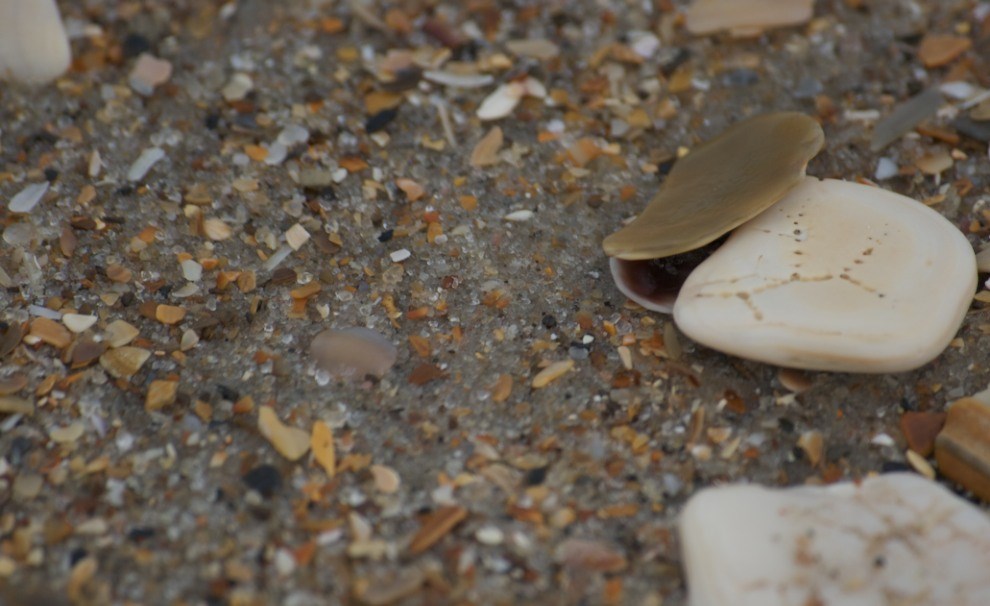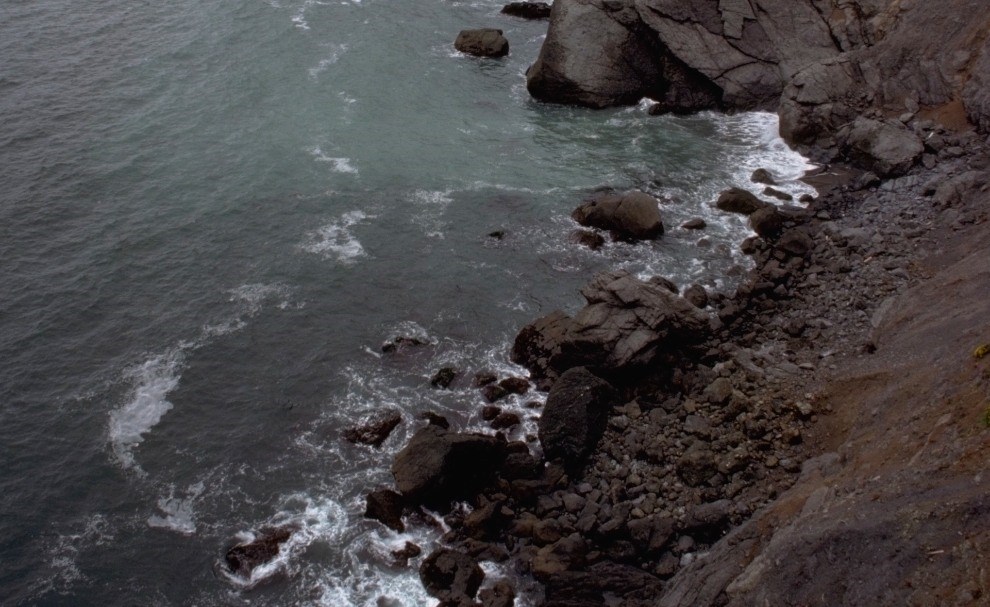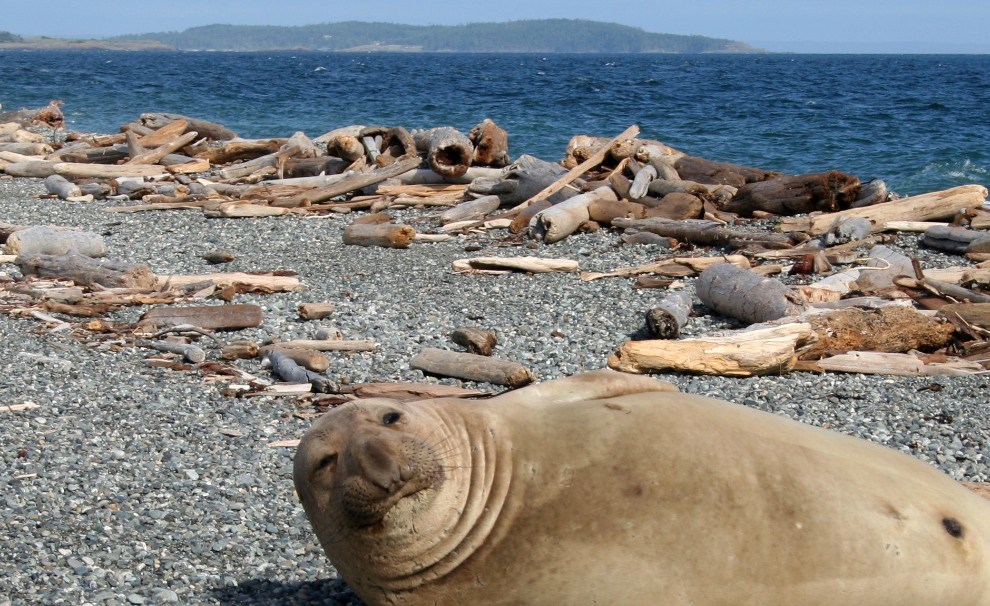Part of a series of articles titled Coastal Geomorphology—Beach Response to Storms.
Previous: Beach Profile Changes
Article

NPS photo.
Although the magnitude of wave energy is a determining factor in the volume of sediment that is moved across a beach, the grain size of the beach material is also important. Compared to beaches made of fine-grained sand, beaches composed of coarse-grained sand often experience greater changes in elevation in response to storms (Komar 1998). A factor contributing to this varied response is the beach slope. Coarser-grained beaches are steeper and have a narrower surf zone, so the wave energy is more concentrated than on a fine-grained beach, which is characterized by a wide surf zone where wave energy is spread out (Komar 1998). A beach with a steep slope is described as “reflective” because waves are reflected off the beach face. A beach with a mild slope is called “dissipative” because waves may break and dissipate their energy before reaching the beach face.

NPS photo.
A nice contrast of these two types of beaches occurs at Golden Gate National Recreation Area in California. The beach at the Marin Headlands area is coarse—composed of pebble-sized grains. The beach sediment appears reddish brown from a distance, but upon closer inspection, not only reddish chert grains make up the beach, but dark-gray graywacke and brown pillow basalt. Scattered among the darker grains are blue, green, and yellow pebbles of altered chert, eroded from the surrounding cliffs. Ocean Beach, also at Golden Gate National Recreation Area, is composed of fine-grained sand. Its finer texture, as well as its lighter color, set it apart from the Marin Headlands. Along the adjacent cliffs, landsliding is common, which contributes large amounts of sand to the shoreline at Ocean Beach.

NPS photo.

NPS photo.
Much less is known about processes of sediment transport on “mixed” beaches, that is, beaches composed of both fine-grained (e.g., sand) and coarse-grained (e.g., gravel) sediments (Mason and Coates 2001). Such beaches occur at San Juan Island National Historical Park and Olympic National Park in Washington. According to Wright and Short (1984), most mixed beaches have a composite profile, with a noticeable break of slope between the gravel section and the lower foreshore so that, almost invariably, the low-tide beach is of a dissipative nature, with an abrupt switch to reflective conditions at mid-tide or high tide. The importance of understanding mixed beach processes is apparent because of the increasing use of coastal engineering schemes involving beach nourishment. Knowing how these beaches and their sediments respond to normal wave and storm conditions is a pressing question for land managers, particularly because beach nourishment is now the preferred option in the United States for short-term stabilization of any eroding coastline which is used for recreation or tourism (Mason and Coates 2001). Although the National Park Service only uses beach nourishment in rare situations (e.g., Bird Island Basin at Padre Island National Seashore, Texas), such projects outside national seashores, for example, affect beach erosion and accretion within the National Park System.

NPS photo.
Part of a series of articles titled Coastal Geomorphology—Beach Response to Storms.
Previous: Beach Profile Changes
Last updated: June 5, 2019